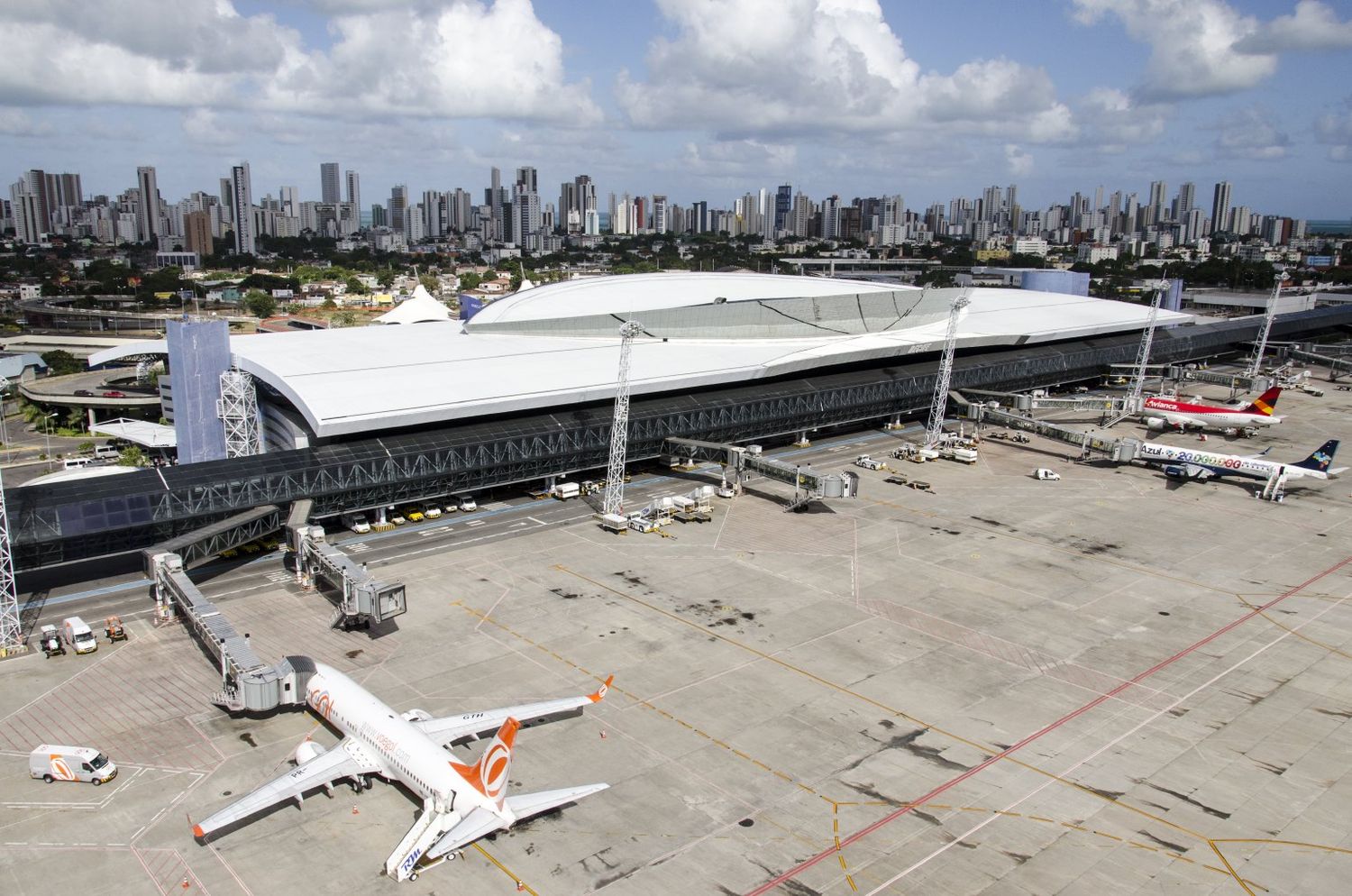The current pandemic has had consequences that are difficult to reverse in the short term for the aviation sector, and Brazil, like most countries, has not been immune to this.
Statistics shows a recovery trend that is quite positive if we consider the few months that we have been immersed in this reality and the absence of clarity regarding the horizon where companies would return to the levels of activity existing before the arrival of the Covid-19.
Despite the contraction of flights and load factors, the current analysis shows a recovery in demand and the number of flights, cushioning the impact of the Brazilian pandemic recession.
According to ANAC (National Civil Aviation Agency) more than 3.05 million passengers flew throughout the country in september. The figure represents an increase of 850,000 passengers compared to what was registered in the previous month, when approximately 2.2 million people boarded. However, compared to September last year, the reduction is 61% in the number of passengers. In the accumulated result of the year, the Brazilian domestic air transport fell 56%.
Load factor in the domestic market was 80.4% in September, a reduction of 1.6% compared to the same period of 2019. In the first nine months of 2020, load factor for the market reached 79.3%, showing a contraction of 3% compared to the same period last year. On the other hand, load factor increased in September compared to August (75,8%).
Freight transport in the domestic market fell 24.3% in September of this year compared to the same month of 2019. The volume of cargo transported in the month was 27,324 tons. In the accumulated result of the year, compared to the same period of the previous year, the retraction in cargo transport is -32%.
International market
Mainly affected by the closure of borders, added to the strong reduction in capacity since March of this year due to the pandemic, the international market in September presented a retraction in the demand (RPK) and capacity (ASK) of 90.7% and 79.5%, respectively. In the first nine months of the year, compared to the same period in 2019, demand fell 67.2% while capacity fell 60.4%.
From January to September of this year, Brazil registered 5.9 million international passengers. Compared to the same period last year, there was a 68% decrease in the indicator. In September, load factor was 39.2%. In the same month of 2019, load factor was 86.2%. In the first nine months of the year, the indicator decreased 17.1% compared to the same period last year.


Comentarios
Para comentar, debés estar registrado
Por favor, iniciá sesión